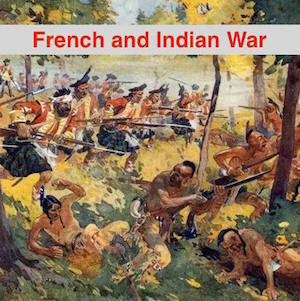Easton PA Local History and Interesting Facts
The city of Easton is the county seat of Northampton County in Pennsylvania. Conveniently located at the convergence of the Lehigh and Delaware rivers, it is about 55 miles in the north of Philadelphia. While the city is home to a very small populace of less than 30,000 people, it actually has a rich history, and this is what we’re going to discuss today.
Similar to many areas in the Lehigh Valley region and the state of Pennsylvania, Easton attributes most of its rich history during the colonial period. Before the arrival of foreign settlers, the Lenape Native Americans called the area “Lechauwitank.” The term literally means the “place at the Forks.” The exact site or areas where the city would later be built was originally a part of a larger land the Delawares got during the Walking Purchase. A man named Thomas Penn obtained land of about a thousand acres to which he intended to establish a town. The Europeans arrived in the year 1739 but the city was only built in 1752. The name “Easton” came upon the request of Thomas Penn himself because the family of his wife, Juliana Fermor owned an estate called Easton Neston in England. And when the Northampton County was about to be established, Easton became the primary candidate as the county seat.

Easton, PA History: French-Indian War
One of the historical highlights attributed to the city is the Treaty of Easton, which was signed during the French and Indian War. It was signed by the Native American tribes in the Ohio Country and the British colonial government of Pennsylvania.
During the Revolution
During the American Revolutionary War, Easton became a significant military center. As a matter of fact, it was home of one of the few military hospitals. One of the most notable battles in the city during the war happened on the 18th of June, 1779, where General John Sullivan led more than two thousand Continentals from Easton to do battle with the British Indian allies.
Furthermore, Easton is one of the three historic cities which had the benefit of public reading for the Declaration of Independence. The only other two that hold the distinction are Philadelphia and Trenton. According to historians, the Easton flag was even flown at that reading. Apparently, there’s a claim that the flag became one of the first “stars and stripes” to have successfully flown over the British colonies. The same flag is now used as the official municipal flag of Easton.
And in the 19th century, Easton eventually prospered and became a primary commercial center, especially in the railroad and canal periods. The city became a major transportation hub for the steel industry.
Easton Pennsylvania Heritage
Just like many cities and communities in Pennsylvania, Easton has a strong German heritage. Some of the notable proofs of German influence are the German-language newspaper and the very first Christmas trees in the Easton.
Today, Easton, PA is arguably one of the three top cities in the Lehigh Valley region. It is home to an ever increasing number of families and communities.